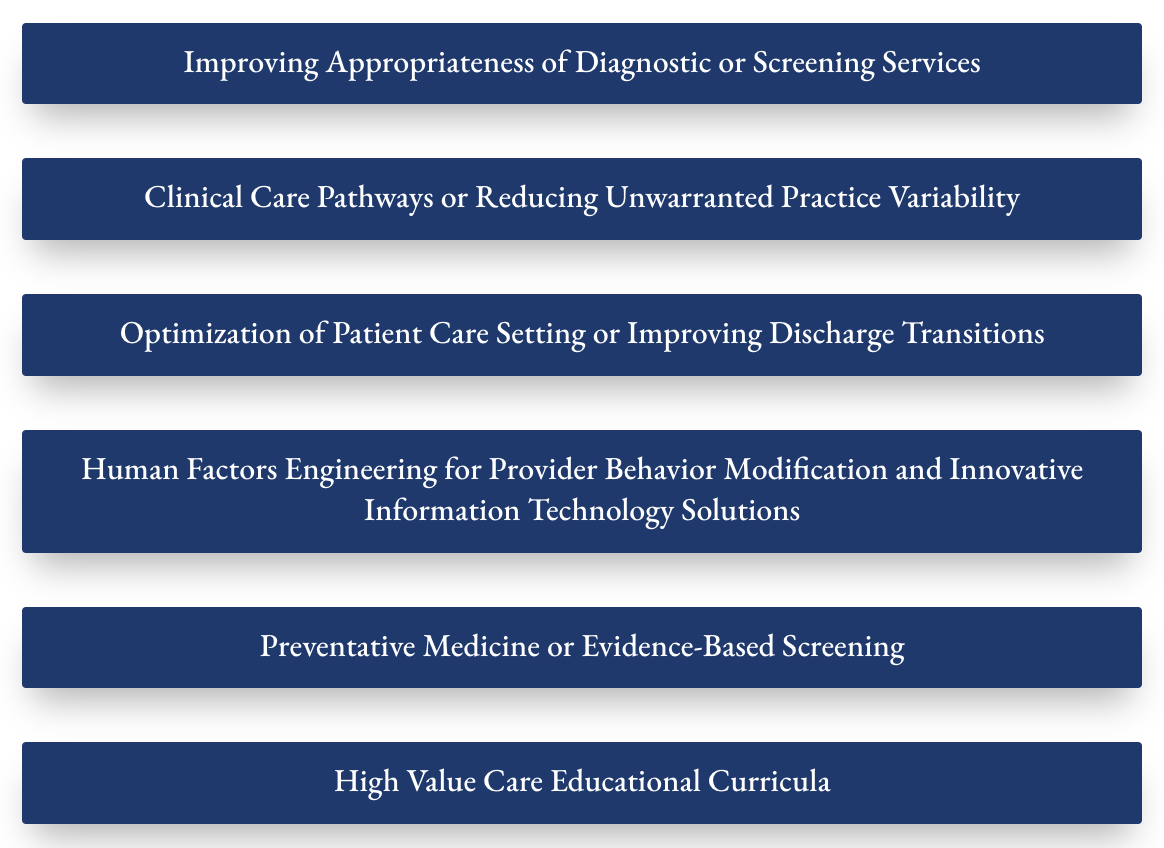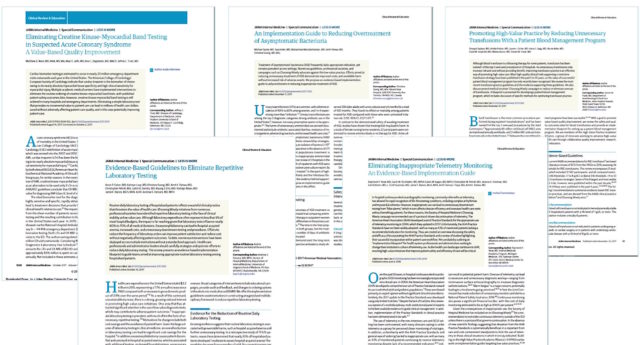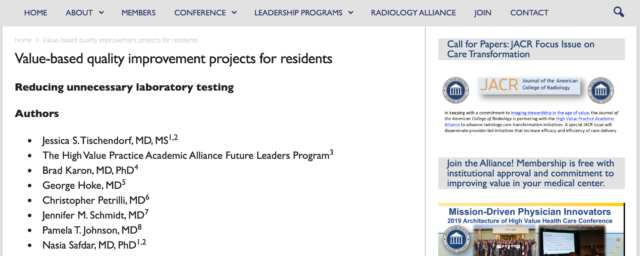From the 2018 HVPAA National Conference
Kara Kwiatkowski (Akron Children’s Hospital), Samantha O’Neill (Akron Children’s Hospital), Christine Aspiotes (Akron Children’s Hospital), Prabi Rajbhandari (Akron Children’s Hospital)
Background
The febrile neonate is a common patient presentation and diagnosis that often requires hospitalization. In infants, symptomatology of fever alone makes it difficult to differentiate clinically which infants may have a self-limiting illness from those who have a serious process that could progress to sepsis and death.
Objectives
Studies show that 75% of febrile infants are hospitalized for 37-48 hours, however can be safely discharged early without increasing the readmission rate or missing a serious bacterial infection.
Initially at our institution, management of febrile infants included a full sepsis workup with intravenous antibiotic and antiviral therapy depending upon risk factors. We hypothesized that our hospital length of stay (LOS) for well appearing, febrile infants 7-60 days of life is longer than necessary and these infants can be safely discharged earlier to prevent possible unintended consequences.
- To measure the length of stay in well appearing febrile neonates 7-60 days of life admitted under the Hospitalist service
- To find the barriers for prolonged LOS and implement a series of intervention to decrease the length of hospital stay by 5% by the spring of 2018
Methods
A retrospective chart review was completed for all infants 7-60 days of life admitted under the Hospitalist service with the diagnosis of fever. Infants with a serious bacterial infection (meningitis/bacteremia/UTI), a focal infection (cellulitis/abscess/pneumonia/bronchiolitis) or those who were not well appearing upon presentation were excluded from the study. Length of stay was defined as the time from first vital signs taken in the emergency room to the time when the discharge order was placed in the electronic health system. Preintervention, baseline data collection was from January to April 2017 and intervention data was May 2017 to February 2018.
We conducted multiple PDSA cycles to increase the awareness of the project. This included the creation of a febrile infant algorithm, education on the project and goals during house staff meetings, monthly reminder emails sent to resident staff and posting the algorithm in work areas.
Results
Preintervention, baseline data collection demonstrated that the average LOS for our institution’s well appearing febrile infant 7-60 days of life was 37 hours which was much lower than initially anticipated. As our institution’s baseline LOS was shorter than expected, we have not yet achieved our goal of reducing the LOS for febrile infants by 5%. While we are encouraged by a baseline shorter LOS, there are still areas to improve. Data review has demonstrated infants with LOS greater than 37 hours were admitted in the evening/overnight hours, therefore this could be a focus for another PDSA cycle.
Conclusion
Overall, our providers were already achieving a reduced length of hospital stay for febrile infants. However, we have not yet met our goal of reducing the LOS by 5% from our baseline 37 hours. Further work needs to be done to try and optimize the LOS for febrile infants admitted in evening/overnight hours as our research has shown deficits in that area.
Implications for the Patient
Decreasing LOS for febrile infants will help avoid unintended consequences of family stress, increased healthcare cost and iatrogenic complications from extensive testing, invasive procedures and intravenous antibiotics and antivirals.





